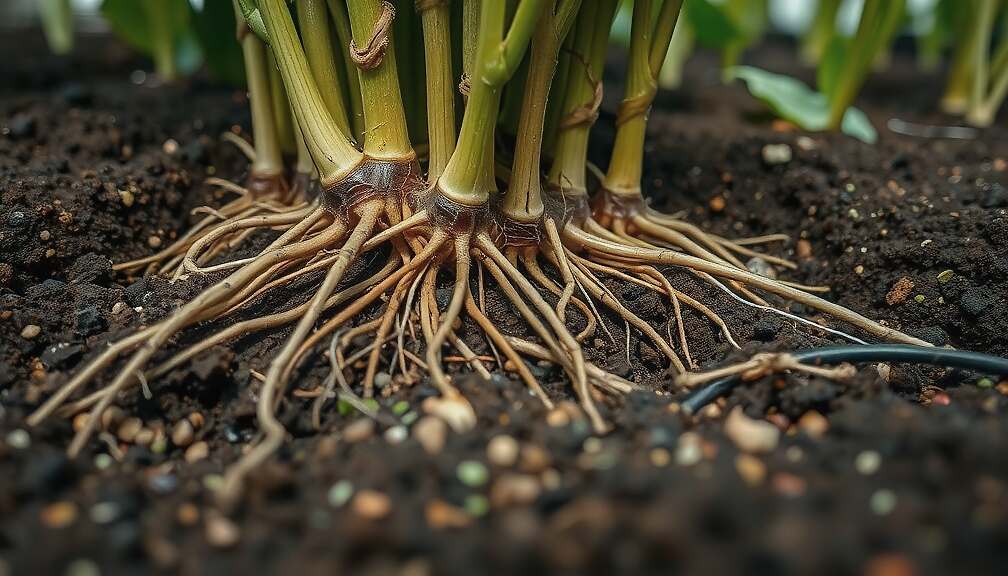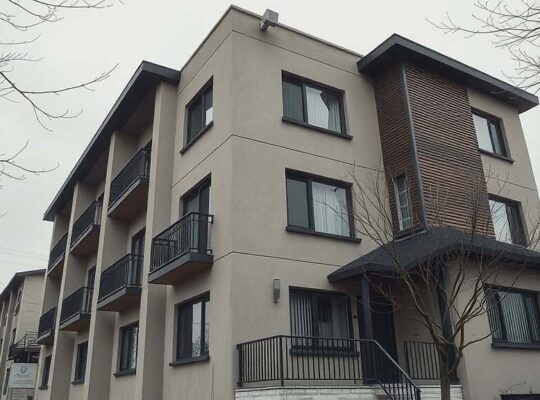Researchers have discovered that plants exert a degree of control over the composition of microbial communities surrounding their roots, a finding with potential implications for future agricultural practices. The study, conducted by scientists at the University of Bonn and the Jülich Research Centre, details how plants release carbon compounds into the soil – a byproduct of photosynthesis – which nourishes microorganisms.
Observations focused on maize plants revealed distinct microbial groupings thriving in different sections of the root system. Specific bacterial communities were preferentially supported near the root tip, likely due to plant exudates, while other groups benefited more from areas further back along the root. Researchers also identified evidence suggesting indirect carbon uptake by some microorganisms through the consumption of other bacteria.
The findings highlight the spatial differentiation within the root microbiome – the community of microorganisms living in and around plant roots – a factor often overlooked in previous analyses that typically examine entire root systems as a whole. Understanding these localized variations could ultimately facilitate the targeted application of beneficial microorganisms for plant protection or growth promotion, potentially offering sustainable solutions in agriculture. The research was published in the peer-reviewed journal “Nature Communications”.












